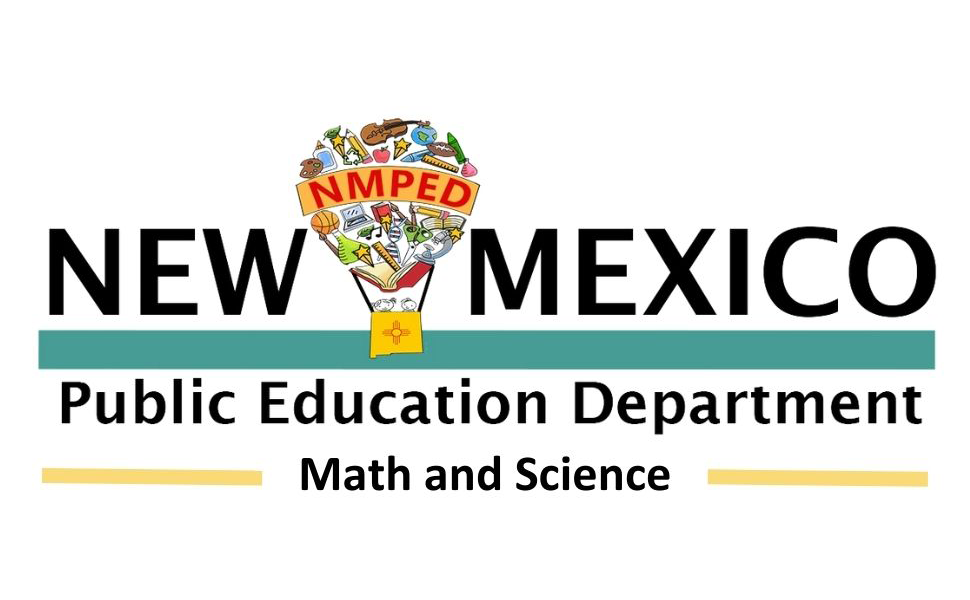-and-
Mathematics pathways are sequences of math courses designed to align with students’ academic interests and career goals.
Source: New Mexico Public Education Department
Photo: Courtesy
SANTA FE – The New Mexico Public Education Department (PED) today announced the approval of re-envisioned high school mathematics pathways and courses.

Mathematics pathways are sequences of math courses designed to align with students’ academic interests and career goals.
“When students are guided down new pathways that ignite curiosity and connect math to their personal goals, excitement and enthusiasm flourish,” said Public Education Secretary Mariana D. Padilla.
The re-envisioned high school math pathways were developed by a working group after the 2024 Legislature passed House Bill 171 (HB 171). HB 171 aims to better align high school education with the diverse needs of students and the evolving demands of the workforce and higher education institutions. The working group, made up of more than 30 New Mexico mathematics professionals, met over an 18-month period. This included a two-month listening tour (virtual and in-person) to collect feedback across the state.
The PED contracted with the Charles A. Dana Center at the University of Texas, a leader in the national discourse on expanding mathematics pathways, to facilitate the working group sessions and provide contextual expertise throughout the process.
Through this feedback, the working group developed re-envisioned high school pathways that provide students with diverse and applicable math skills aligned with both academic standards and real-world applications.
-and-
The re-envisioned high school mathematics pathway courses are:
- Modernized Algebra 2: Essential Algebra 2 content focusing on the why behind the concepts using technology and modeling
- Advanced Algebraic Concepts: Emphasizing modeling through problems relevant to students who plan to continue into Pre-Calculus/Calculus coursework.
- Introduction to Data Science and Statistics: Centering around opportunities for a deeper dive into data science where students analyze and think critically about the stories being told with data.
- Quantitative Reasoning Focusing on statistics, probability, numbers, ratios and proportional reasoning, and modeling.
- Geo-Stats (Geometry and Statistics): Focusing on the essential components of Geometry and incorporating skills and concepts in statistics that all students should engage in to be well-rounded citizens.
All pathways are equally rigorous and designed to serve all students. The re-envisioned pathways offer students flexibility to engage in one pathway and allow them to change pathways, based on their goals and aspirations. The traditional high school math pathway—often based on a one-size-fits-all approach—is challenging for many students, particularly those in at-risk student groups.
For more information about the new mathematics courses and pathways, please visit the Math and Science Bureau website to view the working group’s Making the Case report and new course overviews.





